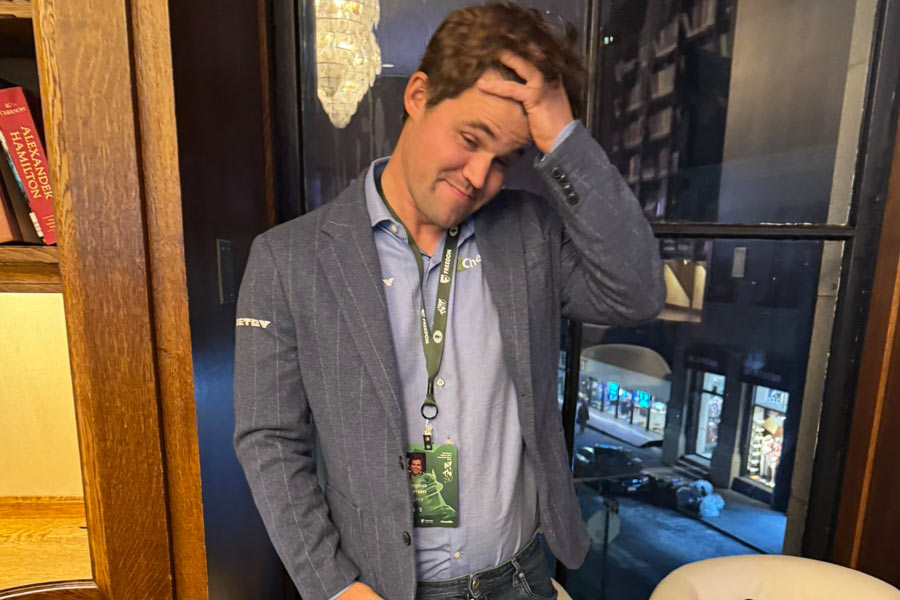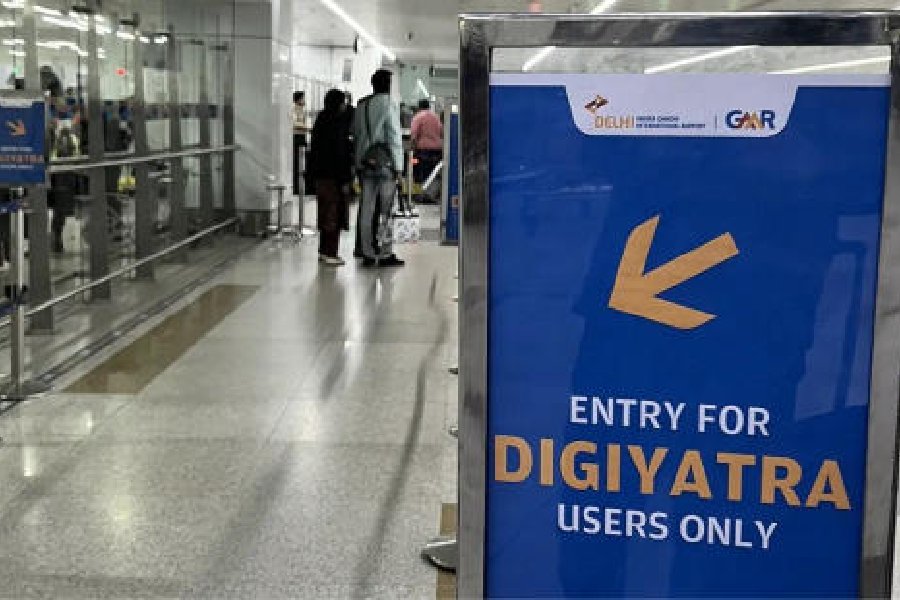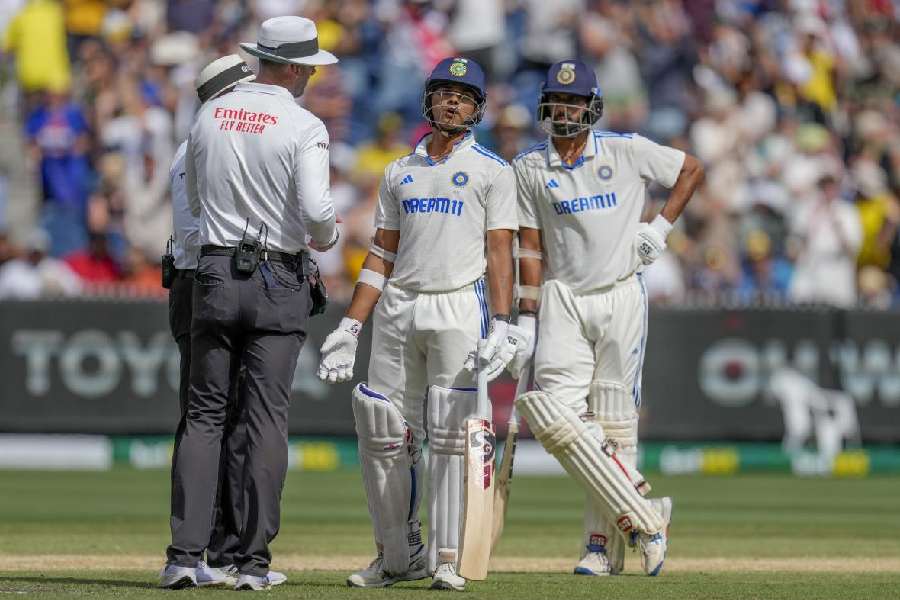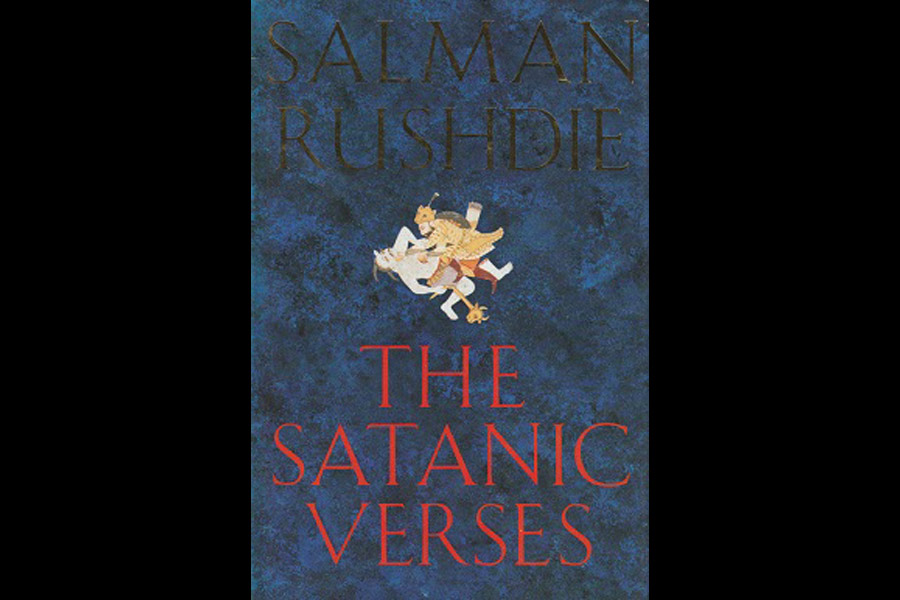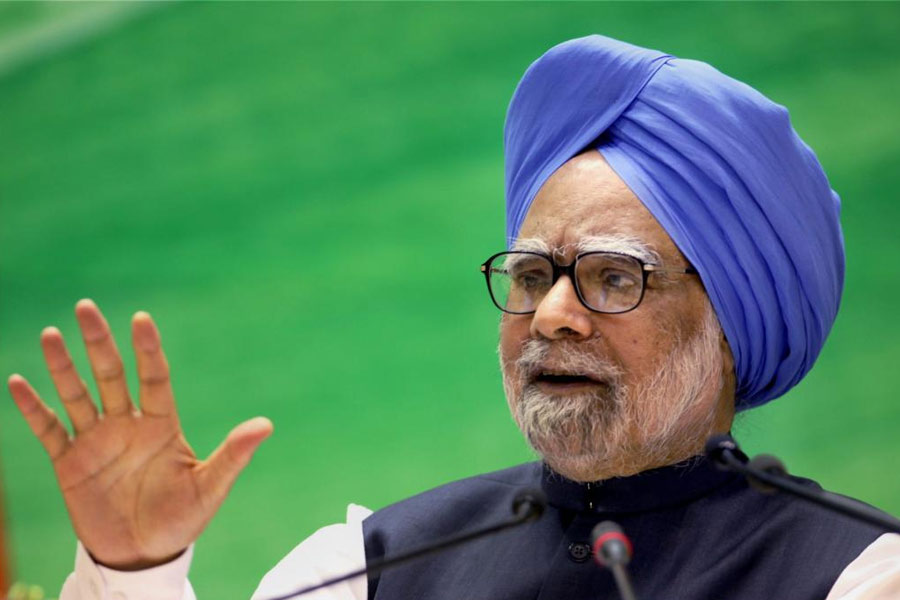What can you possibly say about Park Street that hasn’t been said before? That it is less street, more experience? Or that it is hedonism of the brand Aristippus advocated? That its appeal flows like Pam Crain in her fishtail dress? Or that today its mere utterance evokes more magic than its existence?
No, there is nothing new to be said about Park Street, not to the over-familiar eye. But say, if Sir Elijah Impey were to fall through a time wormhole, horse-driven carriage et al, expecting to drive straight down to the South Park Cemetery, what would he make of what he once knew as Burial Ground Road? What would he see, which we cannot?
***
Sir Elijah, who served as the first Chief Justice of the Supreme Court of Judicature at Fort William, lived in the house that is today Loreto House on Middleton Row. It was once surrounded by a deer park. In fact, Burial Ground Road became Park Street “because it led past the Chief Justice’s park”. In the late 18th century, the area was seen as outside of town.
Sir Elijah was Chief Justice between 1774 and 1783. It is possible that after his time tumble, he would recognise the Asiatic Society building at No. 1 Park Street by name if not by appearance. (He is likely to have known or known of William Jones, who founded the society and had joined the Supreme Court as a puisne judge in 1783.) And that’s about it. He wouldn’t know any of the shops or restaurants flanking his fond street instead of the almond trees he knew so well, the same after which the street was once referred to as Badamtalla.

Park Street. Pradip Sanyal
Should he dismount and wander off into Russell Street, he would notice the grand old club, but not know what to make of the plaque that reads: “In the house which formerly stood on this site and was dismantled in 1908, resided Thomas Babington Macaulay law member of the Supreme Council in 1834-38.”
His first reaction would be indignation. Macaulay of the Supreme Council, who was he? He was the top man and he hadn’t heard of anyone by that name. (He would have no idea that many years later, this very man described him as a wretch and a tool in the hands of Warren Hastings, and criticised him bitterly for hanging Maharaja Nandakumar for political ends.) And only then he might read the dates on the plaque again and realise that he could not remember anything post-1809.
He had no idea how Calcutta changed in the years after his departure. How his quiet road came to be so busy. He wouldn’t be able to tell that in the late 19th century, a Mr Bone, J.W.K. Allsop, J.G. Duncan and some others lived atNo. 3. That at No. 5, there used to be a Park House, tailors and outfitters. Bengal Freemasons’ Trust Association at No. 19, however, continues to endure.
He wouldn’t know that there used to be a Mottiram Sett, Jeweller and an EI Railway Booking Office, and the Calcutta Light Horse Club at No. 21 and No. 23, respectively. The proposal to construct the first railway line in India wasn’t floated until 1832 and the Calcutta Light Horse was “an auxiliary unit within the British Indian Army Cavalry Reserve”.
It wouldn’t do to tell him that No. 51 was once home to Vincent Esch, who designed the Victoria Memorial at the turn of the 20th century. Once Sir Elijah reached the end of the old-new road, his long spring onion nose would go up, up and up in wonderment at the splendour of Park Mansions ahead of him and the fuchsia pink of the tearoom-turned-cake shop to his right. Armenian businessmen like T.M. Thaddeus and Johannes Galstaun built Park Mansions and Galstaun Mansion, respectively. The edifices remain, the interiors altered to make room for the cafe or the car showroom or the foreign diplomat’s office they accommodate now.

Park Street, Calcutta. Pradip Sanyal
The first Armenian merchants had arrived in Bengal in the 16th century, long before the British. Historians note that the British upon arrival in India used the assistance of Armenians as interpreters. Sir Elijah is sure to have heard of them, even though Mr Thaddeus and Mr Galstaun were way after his time.
Though the tearoom with the fuchsia branding did not come up until the early 1920s, and that too courtesy a Swiss couple, Sir Elijah would be familiar with the concept. London of his time had a good number. In fact, in 1784, it was upon the request of the then owner ofThe Twining tearoom in London that the British PM passed the Commutation Act that slashed the tea tax.
He, so familiar with Urdu and Bengali, would he be able to understand the chatter on the streets? The manner of the denizens, their speedy carriages, the rectangular thing in their hands they seemed enslaved by, the books in the shop windows, the books on the pavement... Having served in Murshidabad, some of the sartorial choices of the young people would not seem too alien, but most possibly would. The hairstyles, the hair colours, the patterns on their bodies... Would it remind him of the Indian birds in the menagerie he and Mary, his wife, maintained? Mary had even got Indian artists to paint them and earned the “naturalist” tag.
Around dusk, Sir Elijah would get to see the fairy lights coming on at Park Street.
Pradeep Kakkar, who is an environment activist, says, “Park Street used to be the place to go to for Christmas. The lights and decorations were unambiguously Christmas — red and green colours, cut-outs of Santa Claus, reindeer, stars and festoons. Now, the intrusion of Chandannagore lights has taken away the Christmas identity of the street.” If he could hear Kakkar, Sir Elijah wouldn’t understand the gist of it. He would know Chandannagore though. “Why, I thought gas lights were the best. But these lights are rather jolly” — not us, but Sir Elijah might say.
Kakkar, who is in his eighties, is referring to Park Street of the 1960s. He continues, “Walking through Park Street in 2024 is certainly different from walking through it in the 1960s.” In his college days, when he walked home from St Xavier’s, he felt as if he owned the world. He adds, “I would be able to listen to myself as I whistled while walking. There was so little traffic on that road.”
Nitin Kothari, proprietor of iconic restaurants Mocambo and Peter Cat, says: “A few years after the British left, people would dress up to be on Park Street. Women dressed in gowns and carried parasols. Even after the British left, the British companies hadn’t. MDs and chairmen would come to Park Street to dine out. There would be bands playing live music in the restaurants, there was a dance floor. At Mocambo we had an Italian chef, a German designer who did the interiors. There would be a string of limousines outside the eateries.”
According to G.M. Kapur of Intach, even 50 years ago, Park Street had a genteel atmosphere about it. “There used to be stylish stalls. There was the boutique Mirta Lina for Western dresses. Doctor Sahib Singh’s pharmacy, the cheerful toy shop Paragon, the Metropolitan Book Company...
There are some establishments that will turn 100 this year. Rajaniklal is one such. Mukesh Sanghvi, who is its third-generation owner, says, “Bengal Potteries that manufactured most of our ceramic products has shut shop, so we source our ceramics from outside.” There is Barkat Ali, the men’s tailoring shop. And Pervez Bhai’s nameless shop next to it that sells hookahs. Restaurateur Anand Puri has started a Trincas History Blog that has pictures from these times. A man in dhoti with Cinzio Trinca — the founder of Trincas — looking at confectionary on display, travelling rock bands, food menus... Let’s say Sir Elijah can hear all these voices. An invisible feed is plying him with information.
By now the merchant’s son from Hammersmith has figured out that in its Park Street avatar, Burial Ground Road is doing brisk business. Another voice in his invisible data feed: architect Monika Khosla Bhargava, who spearheaded something called SPARK (the Society for Park Street Rejuvenation) is talking about an initiative from a fairly recent date. She is saying, “We started studying the street and noted that it is now populated by the young, a lot of them students. They are looking for affordable places to hang out in.” She continues, “Resto-pubs and rooftop eateries came up. The Park Street Carnival by SPARK and the state tourism department spruced up Allen Park and added a dash of music to it. It is now a street that belongs to everybody.”
***
“By Hector!” Sir Elijah might swear for all you know. (Hector was his pet dog.) He was beginning to think the future was rather decent when WHOOSH... He got sucked into another time wormhole and the bookseller on the pavement went running after the book that went flying in the strong gust of wind out of nowhere. He picked it up and put it back in its place — The Trial of Maharaja Nandakumar.


